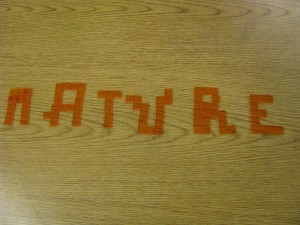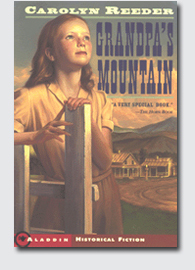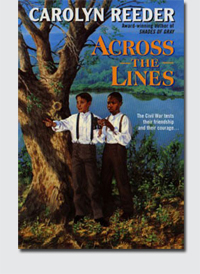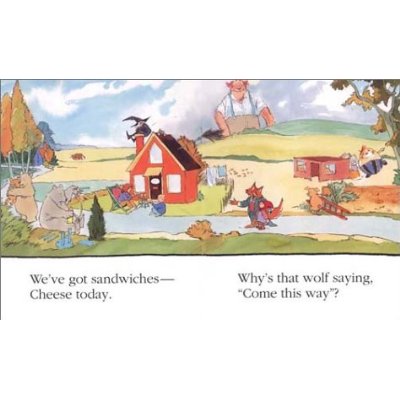Our state writing test is coming up in early March and the tension around it is beginning to rise. Our fifth grades departmentalize, so one teacher teaches writing every day, and the others integrate it into Science and Social Studies some, as well as address it in Literacy and Math as they can, so these kids have gotten lots of practice with writing.
What I see, though, from many of the kids, is quite a bit of this:
In spring of 2013, our writing test will be online, so that all students will do it on the computer. Our teachers have questions about this decision:
Is it best for all kids? Don’t some of us prefer the actual act of writing–pen to paper-to feel that flow of thoughts? Are we handicapping those kids by forcing them to tell their story through a keyboard?
Will this decision force keyboarding lessons? How fast should kids be able to type?
What about all of those articles that talk about how fast kids can text? Is this even something we have to worry about?
What about the kids who do NOT text? Is there an equity issue we need to address?
Will they be allowed, or not, to use a spellchecker? (If integrating contemporary tools, why not utilize the full functionality–is the test on writing or spelling?)
Will the font be fixed, or will they be allowed to use text features as part of their composition (such as bold, underline, italics, etc.)? They can do that with their handwritten texts, so why not with ones using technology? They will probably be allowed to use spacing and indenting, so why not the full menu of text features we teach?
But, in the bigger scheme of things, why are we even considering these mechanical kinds of questions about the tools of the word processor?
We have access to the features our state will test through a program called Perspective (formerly NCS Mentor). Here we can learn about scoring, access anchor papers to show our kids, understand the scoring domains and rubrics, and actually practice scoring actual compositions submitted by real fifth graders.
We can spend a ton of time helping kids understand the process, the scoring domains, rubrics and anchor papers. Would our time be better spent with kids writing? Some say yes.
I think that our third graders ought to be exploring the access we have to this kind of information. I believe that when kids clearly understand the expectations and have seen examples–both good and bad–and know the rubrics by which they will be judged, they can more clearly write for the prescribed audience–in this particular case, the test scorers. In this case, the state has provided a reasonable tool by which we can do this kind of teaching. Why not use it–and not just right before the test? Why not make it an integral part of our instruction as one more tool in our arsenal?
However, isn’t the real question this:
Wouldn’t it be better if the state just allowed us to police ourselves and examine our student writing portfolios to see if they can construct a well-organized composition?


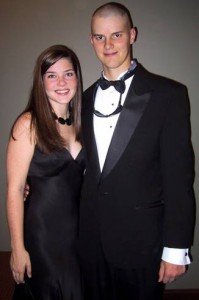
 This family is really special to me, because we HAVE stayed in touch, and they laughingly call me their “family teacher.” I taught Liz in Kindergarten and second grade and her brother, Mason, in first and third grades. I have stayed connected to these folks since they moved from my school (after Mason was in third), and have even had the kids stay overnight with me camping and on a beach vacation for a couple of days.We’ve shared birthday parties, graduations, ball games and other various events where we’ve had a lot of fun over the years.
This family is really special to me, because we HAVE stayed in touch, and they laughingly call me their “family teacher.” I taught Liz in Kindergarten and second grade and her brother, Mason, in first and third grades. I have stayed connected to these folks since they moved from my school (after Mason was in third), and have even had the kids stay overnight with me camping and on a beach vacation for a couple of days.We’ve shared birthday parties, graduations, ball games and other various events where we’ve had a lot of fun over the years.
